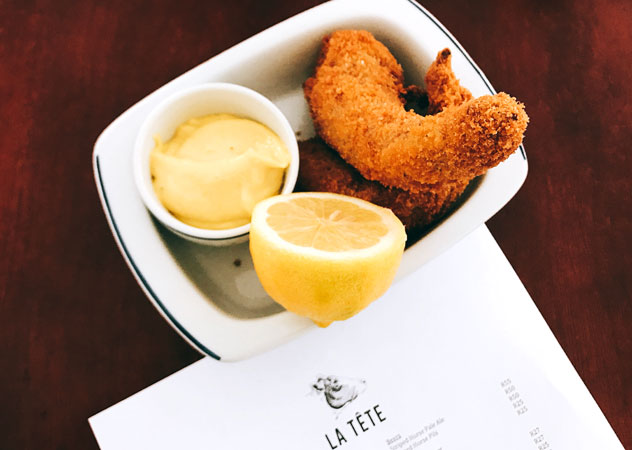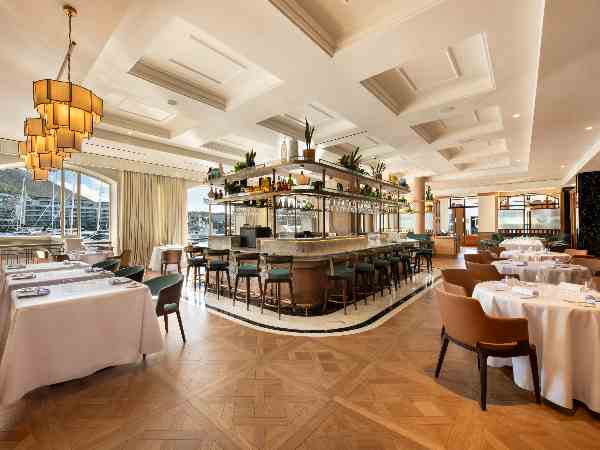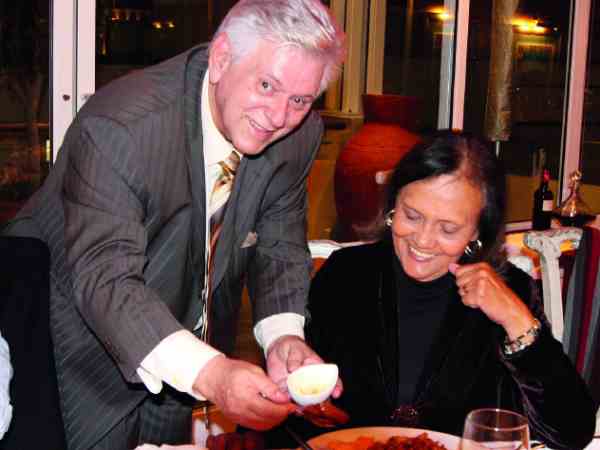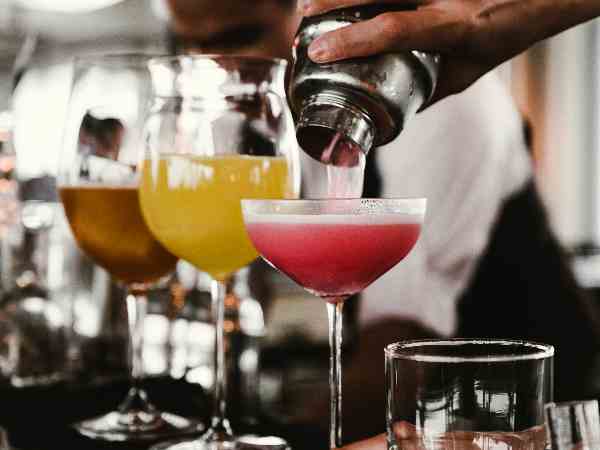News
5 ways restaurants can be more sustainable
Friday, November 17th, 2017Unicorn lattes and freakshakes might get us excited, but when it comes to trends, there’s one that really makes us truly happy: a movement towards more sustainable eating. It’s become cool to serve a salad with ingredients solely sourced from a restaurant’s garden, and even cooler to announce it proudly on the menu. Sustainable butchers and farmers have built their own brands and followings, and plenty of consumers are making a point of choosing sustainable when there’s an option. It’s a trend we hope will become the norm – but like all worthwhile changes, it doesn’t always come easily. Ahead of the winner announcement of 2017 Eat Out Woolworths Sustainability Award on 19 November, we rounded up five top tips for reducing your footprint – whether you’re a consumer, restaurant, chef or producer.
1. Take care of your own
Sustainability isn’t just about plants and animals – human capital is just as important. Being a sustainable restaurant includes being a sustainable employer. That means making sure employees earn a fair wage, have job security, leave, and the ability to travel to work safely. Giving back to the community is also important. See examples of some of the ways that local restaurants are uplifting their employees, here. As a diner, you can vote with your feet and support restaurants that are doing great work in your community.

Massimo’s in Hout Bay supports their community through the Pay it Forward initiative. Photo supplied.
2. Choose responsibly
South Africans love fish, but our oceans are suffering. And it’s not just a local concern: Globally, many fish stocks are already fully fished or overexploited. Some chefs are designing their menus around the ever-evolving WWF-SASSI list and many consumers are choosing to make sustainable choices when ordering. WWF-SASSI’s colour-coded list has been so successful that some red-listed species are recovering and changing their status. Some chefs are so serious about this that they would rather serve no seafood at all than serve anything with a red or orange status. Find out more about the WWF-SASSI list and which fish to choose, here.

Seafood – in every form – is a popular item on South African menus, but our stocks of some species are dangerously low. Photo iStock.
3. Waste not, want not
It’s a well-known fact that roughly one third of the food produced on the planet goes to waste each year. In order to address this, restaurants are embracing nose-to-tail cooking, recycling vegetable oil, using waste as compost and much more. Home cooks can make all the difference, too. Reuse vegetable snippings to make stock; freeze leftovers extra herbs or veggies that won’t get eaten in time; sort out your fridge so that you know when things are likely to expire, and donate the surplus food to needy people or organisations in your area before it goes bad.

The crispy pigs tails at La Tête. Photo by Rupesh Kassen.
4. Learn more about what happens on farms
The most oft-repeated feedback from the Eat Out Woolworths Sustainability Award judges last year was that chefs ought to visit the farms that supply them. Due to time pressure, many chefs are forced to take farmers at their word when it comes to animal welfare. Unfortunately, this can sometimes result in misunderstandings, miscommunication or outright deception. It’s great for home cooks – and kids, too – to understand what goes into the food we eat and to learn an appreciation for it.

One of the chefs from Coobs visiting The Brightside Farm. Photo supplied.
5. Source your fresh produce carefully
Farmers are also doing some incredibly inspiring things to make sure that what we eat is the best of the best – and many restaurants are supporting them. Remember that we, as consumers, also have the power and responsibility to ensure that we’re eating sustainably.

Responsible farming ensures sustainable and fresh produce. Photo: Thinkstock.
Stay tuned for the announcement of the winner of the 2017 Eat Out Woolworths Sustainability Award on 19 November.
About the sponsor
Woolworths has been on a Good Business Journey since 2007. Together with their suppliers, Woolworths strives to operate in a way that respects worker rights, maintains safe working conditions and protects the environment and welfare of animals. Through the Woolworths Farming for the Future programme, Woolworths is working with farmers to continuously improve their methods, use water more efficiently, lessen chemicals and fertiliser usage and improve the quality of soil.
Woolworths commitment to ensuring the finest ingredients extends to the responsible sourcing of key commodities such as cocoa, palm oil and eggs. Currently, 100% of the cocoa sourced for Woolworths branded boxed, bar and slab chocolate is UTZ certified. UTZ provides assurance that the cocoa has been grown and harvested responsibly. The programme ensures that farmers learn to improve the quality and yield of their cocoa while reducing their impact on the environment and enabling them to take better care of their families.
Since 2011, Woolworths has been purchasing GreenPalm certificates to offset the many tons of palm oil used by suppliers. They are now working with suppliers to switch to a supply of certified sustainable palm oil using the ‘mass balance system’ and are members of the Roundtable on Sustainable Palm Oil (RSPO).
Woolworths was also the first, and remains the only major retailer in South Africa to only sell free range whole eggs.












